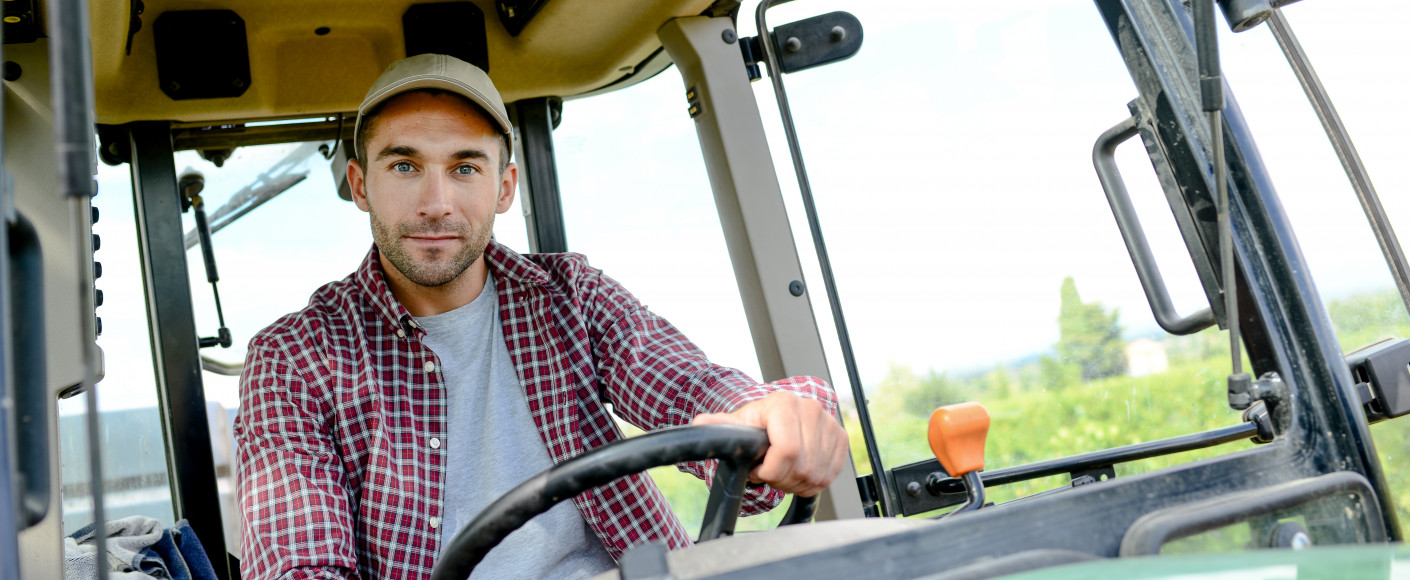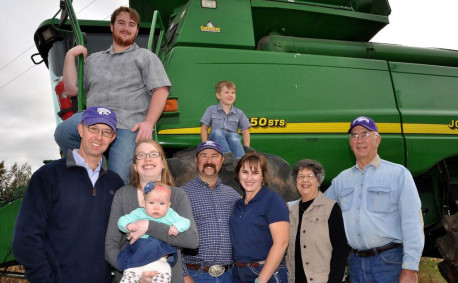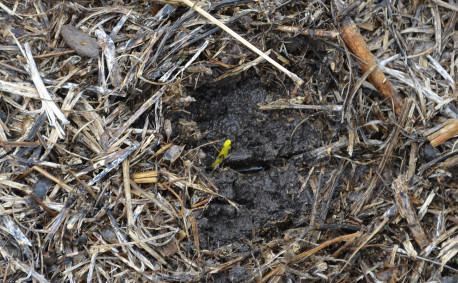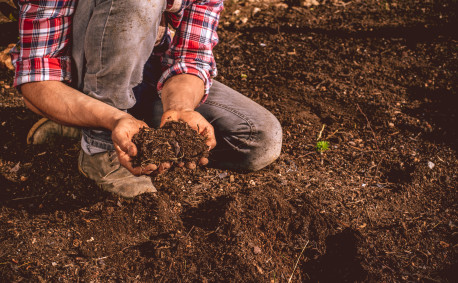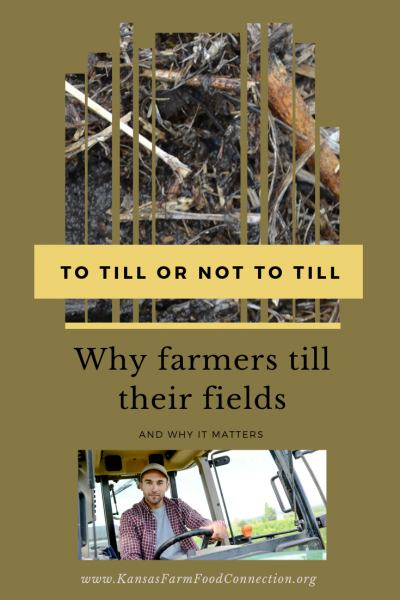To Till or Not to Till
That is the question many crop farmers ask themselves. The tradition of tilling is pretty interesting — and pretty important for the environment! Even if you don’t have to worry about how to manage fields, if you’ve ever had to manage any aspect of a household (and haven’t we all?!), you can probably relate to some of the issues farmers face when answering this question.
The Dirt on Tilling
For generations, farmers have tilled their fields after harvest. Like plowing, tilling helps break up the soil to aerate it and keep it from getting compacted. It also makes mulch, which helps prevent weed growth and enriches crops as it decomposes.
However, there are some downsides to tilling. By breaking apart the soil, tilling can harm the roots, worm casings, microbes and all the other great organic matter found below the surface, which create a natural structure in the soil. Churning up the organic matter releases carbon, which can turn into carbon dioxide in the atmosphere. Plus, loosening the soil also makes it more prone to erosion.
Recently a trend of no-till farming has taken root across the country. Just like it sounds, no-till means farmers don’t till their fields after harvest. This keeps the structure of the soil intact, which helps the soil absorb and retain moisture. This is really important in areas that are prone to drought and even flooding like, well, the entire Midwest.
Factors to Consider
Soil Erosion and Greenhouse Gases
Soil with a good structure holds together better than loose soil. It’s less likely to blow away in wind or run off in rain. Plus, by keeping the organic matter where it is, all those nutrients feed the soil instead of being exposed to the atmosphere. This means keeping the soil’s structure in place and helps keep greenhouse gases in check.
What ways do you try to be eco-friendly at home? Do you ever feel like the green thing isn’t the easy thing?
Cost Savings
There’s a really practical aspect of no-till, which anyone who’s ever kept a budget can appreciate — no-till saves money. Tilling requires running machinery across fields, which means extra fuel, extra time and extra wear on the equipment. Think of it like adding an extra hour to your commute — more gas, more time, more miles on the car. You might not want to take that on so quickly!
Plus, farmers who till are more likely to need fertilizer (an added expense, if you’re counting!) to replenish some of the nutrients in the soil.
The United States Department of Agriculture crunched the numbers and found a 1,000-acre farm (assuming diesel fuel costs $2.05 a gallon) could save $8,500 a year by switching from a till to fully no-till operation.
We’d be psyched to find that much extra money in our bank accounts at the end of the year!
Decreased Yield
Typically when farmers switch from till to no-till, their crop numbers are lower in the first few years. Farmers call that yield — how much of a given crop they can grow on their land. Lowering yield affects the bottom line — less crops grown means less to sell, which means less income. Luckily, yields for no-till farms usually go back up after the first few years once the soil has had a chance to build up again.
Many of us are lucky enough to have a consistent income. What if yours fluctuated? How would you manage that?
Managing Weeds
Since the mulch in tilling helps prevent weed growth, farmers practicing no-till might have to use more herbicide to keep weeds in check.
One way no-till farms get around this issue is to rotate crops, meaning they don’t grow the same crop in the same place year after year. They can also grow cover crops, which are smaller plants that grow in the off-season to help prevent weeds from growing and aerate the soil naturally. However, there’s an added expense for those cover crop seeds.
We think of weeds like dealing with pesky chores around the house. Oh, to be able to outsource the laundry and cleaning!
Bottom Line
As you can see, there are a lot of factors to consider and farmers manage this a bit differently, depending on what works for their situation. Some farmers try the best of both worlds and do limited or seasonal tilling. Some find balance this way, while others use limited tilling as a way to gradually make the shift to no-till.
If it were your farm, what would you choose?
More Soil Goodness

